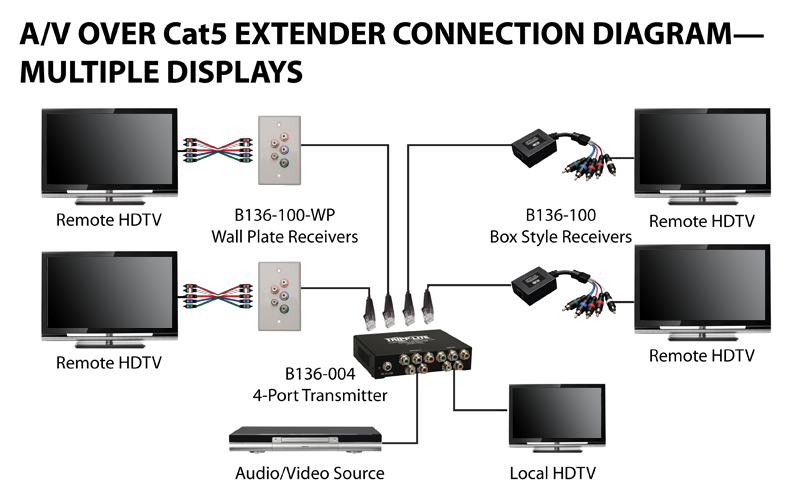Revolutionizing Broadcasting with Cutting-edge Audio via Internet Protocol Technologies for a Integrated Future
Revolutionizing Broadcasting with Cutting-edge Audio via Internet Protocol Technologies for a Integrated Future
Blog Article
This world of broadcasting is experiencing a major transformation due to innovative audio via IP (AoIP) solutions. These advancements are changing the way audio content is created, delivered, and consumed. Audio over IP refers to the approach of transmitting audio streams over a digital system, using Internet Protocol (IP) rather than traditional analog techniques. This change not only enhances the quality of audio transmission but also offers broadcasters with greater flexibility and control over their content.
A single major advantage of audio over IP systems is its ability to link various devices and technologies seamlessly. Traditional broadcasting often relied on complex wiring and tangible connections, which could be burdensome and restrictive. With AoIP, broadcasters can easily interface mics, mixers, and additional devices through a shared infrastructure. This integration allows for off-site broadcasting and live streaming from almost any place, making it easier to reach listeners across the globe. As a consequence, broadcasters can react quickly to ongoing issues and audience requests, leading to more dynamic and captivating programs.
Moreover, AoIP systems supports high-quality audio formats that enhance the auditory experience. In contrast to conventional broadcasting techniques, which may compromise sound quality, audio over IP can maintain the purity of the audio signal throughout the transmission procedure. This implies that audiences can enjoy crisper and more detailed sound, regardless of whether they are tuning in via radio, streaming online, or using portable devices. The ability to provide premium audio is especially important for music and discussion programs, where every detail matters to the audience.
Moreover, the adoption of audio over IP systems can lead to cost savings for media companies. By leveraging existing infrastructure systems, companies can remove the need for costly hardware and extensive cabling. This not only lowers initial costs but also decreases operational costs over time. Broadcasters can distribute resources more effectively, focusing on production and human resources growth. As a result, the entire media industry can gain from increased creativity and inventiveness, as financial resources are redirected toward improving programming and interacting with listeners.
In conclusion, the shift towards audio over IP technologies is transforming the broadcasting landscape. By allowing smooth connections, enhancing audio quality, and reducing costs, AoIP is paving the way for a better connected future in audio visual equipment rental media. As media organizations continue to adapt to these developments, they will be better equipped to satisfy the needs of their audiences, produce captivating content, and remain competitive in an ever-evolving industry. The future of broadcasting is bright, and audio over IP will play a crucial role in defining how we interact with audio programming in the future to follow.